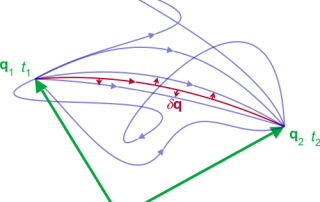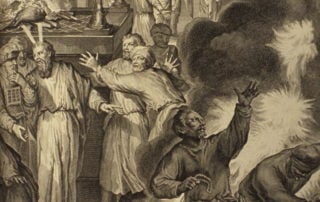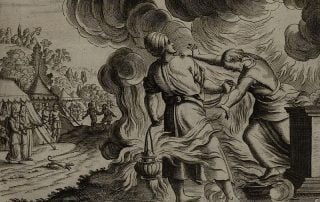Rosh HaShanah: The Beginning of Change II
Abstract This essay explores the profound connections between language, philosophy, physics, and spirituality in the context of Rosh HaShanah. By examining the linguistic roots of “shanah” (year), “shinui” (change), and “shnei” (two), the essay uncovers a rich tapestry of meaning that addresses the fundamental question: Why is there change rather than permanence? The study traces the metaphysical concept of change from ancient Greek philosophy through medieval Jewish thought to modern physics, highlighting the paradoxical relationship between the Infinite Creator and finite creation as expressed in Kabbalistic and Chassidic concepts of mati ve’lo mati and ratzo va’shov. The essay concludes by proposing a relational view of time and change, aligning Jewish mystical thought with contemporary physics, and presenting Rosh HaShanah as an opportunity for renewing and deepening our relationship with the Divine. Introduction In [...]






